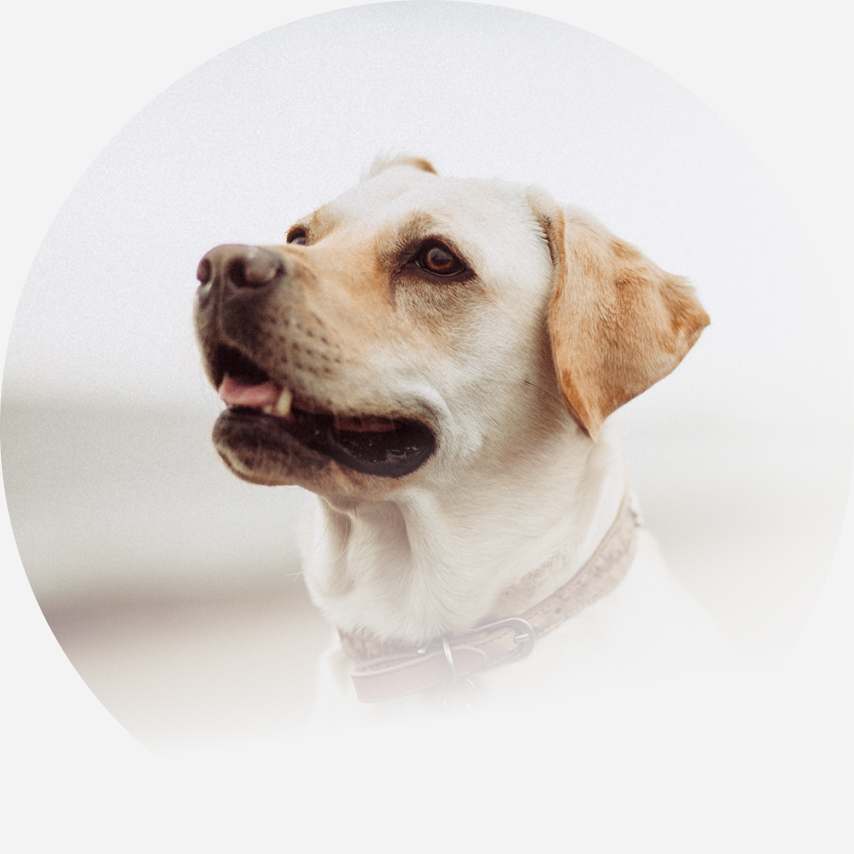Shearing (Including Crutching and Dagging)
SPCA acknowledges the importance of shearing for the welfare of sheep and other farmed species selected for fibre production.
Some breeds of sheep and goats have been selected for wool production. As a result, these animals require regular shearing to remove their fleece. Animals that are not sheared routinely are at an increased risk of health and welfare problems including flystrike, skin infections, and heat stroke and mobility issues.
In some cases, smaller areas of wool may be removed. Cutting away of dirty, wet wool from around the tail and between the rear legs of the sheep is known as dagging or crutching. This is important to reduce the risk of fly strike (a painful infestation caused by fly maggots eating into the sheep’s skin).
Although shearing is important for welfare, animals must be handled carefully to minimise stress and risk of injury. Animals must be managed before and after shearing to minimise the impacts on welfare.
SPCA advocates for low stress handling of animals prior to, during, and after shearing.
Shearing can be a stressful process and steps must be taken to mitigate welfare harms. All animal handlers should be experienced and competent in low-stress, force-free handling, and restraint techniques and should understand the behaviours and needs of the animals in their care.
SPCA advocates for appropriate treatment of wounds which may occur during shearing.
Low stress handling and management reduces but does not eliminate the risk of sheep struggling and becoming injured. Any cuts or wounds occurring during shearing must be treated immediately and appropriately. Deeper cuts may require stiches and pain relief.
SPCA opposes shearing in cold or wet weather conditions.
Animals are more vulnerable to cold after shearing. Where there is risk of cold or wet weather, animals must be provided with additional feed and appropriate shelter for at least four weeks after shearing in order to mitigate the loss of insulation from the shorn fleece.
SPCA opposes shearing of heavily pregnant animals.
Shearing heavily pregnant animals increases stress and risk of injury or abortion.





